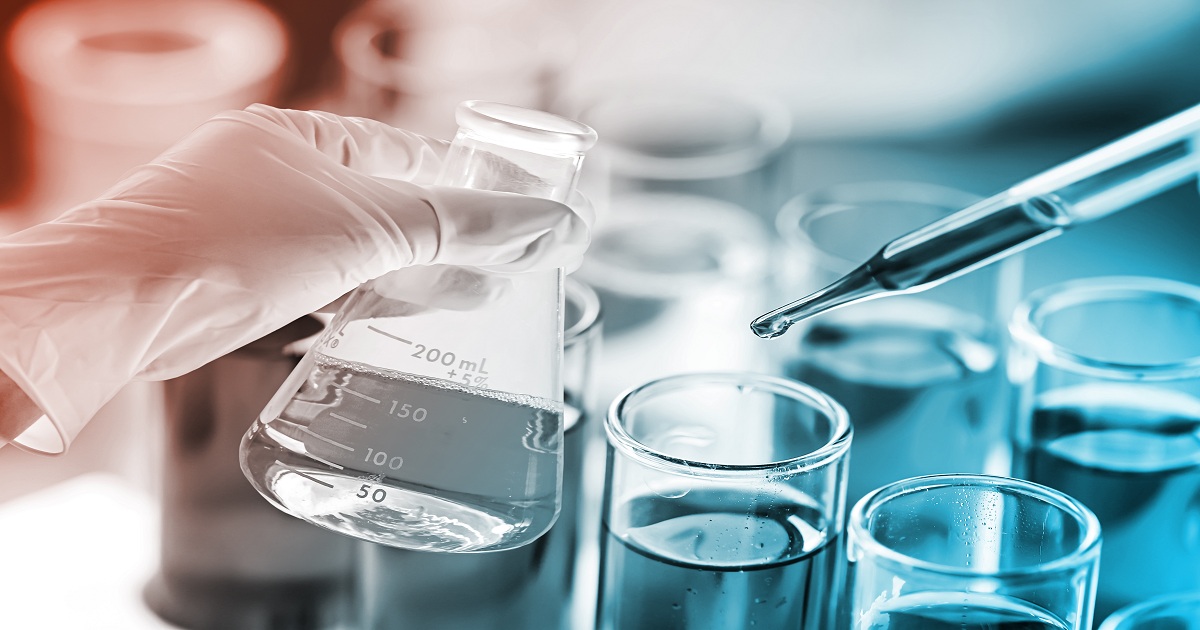AI Enlisted to Track Complex Chemical Interactions in People

If you like multi-variant statistics, then you’re going to love what Melissa Strong, PhD., is doing at IndiOmics, the biotechnology company she founded to gain a greater understanding on how chemicals interact with — and possibly harm – people that come into contact with them every day. For starters, there are about 84,000 chemicals registered with the Environmental Protection Agency (EPA), according to Strong. From sunscreens and pesticides to plasticizers and hardeners, the average American contains within their body a unique chemical cocktail brewed from their specific path through this world. Factor in different genetics, medical histories, and environmental factors, and you have the sort of combinatorial explosion that is unworkable in the traditional scientific sense. “It’s never only X and Y,” Strong says. the inability to do double-blind studies doesn’t mean there’s no path forward for studying how chemicals interact with human physiology . It just means that researchers need to adapt their methods to the reality of the situation. The good news – if it can be called that — is that the world presents a huge pool of chemistry-laden candidates for studying human-chemical interactions. All it needs is somebody to start sorting it out.